Dispatch report(2016)
-
 Izumi MASHINO(D3)
Izumi MASHINO(D3)August 14~28, 2016.(14 days)
I stayed in BGI for two weeks from the middle of August.I conducted Transmission Electron Microscope (TEM) – Electron Energy Loss Spectroscopy (EELS) analysis of iron-bearing bridgmanite with the cooperation of Dr. Miyajima. The TEM samples were prepared by Focused Ion Beam (FIB) technique with the help of Dr. Petitgirard. These data are critical for understanding the effect of iron on sound velocities of iron-bearing bridgmanite.
-
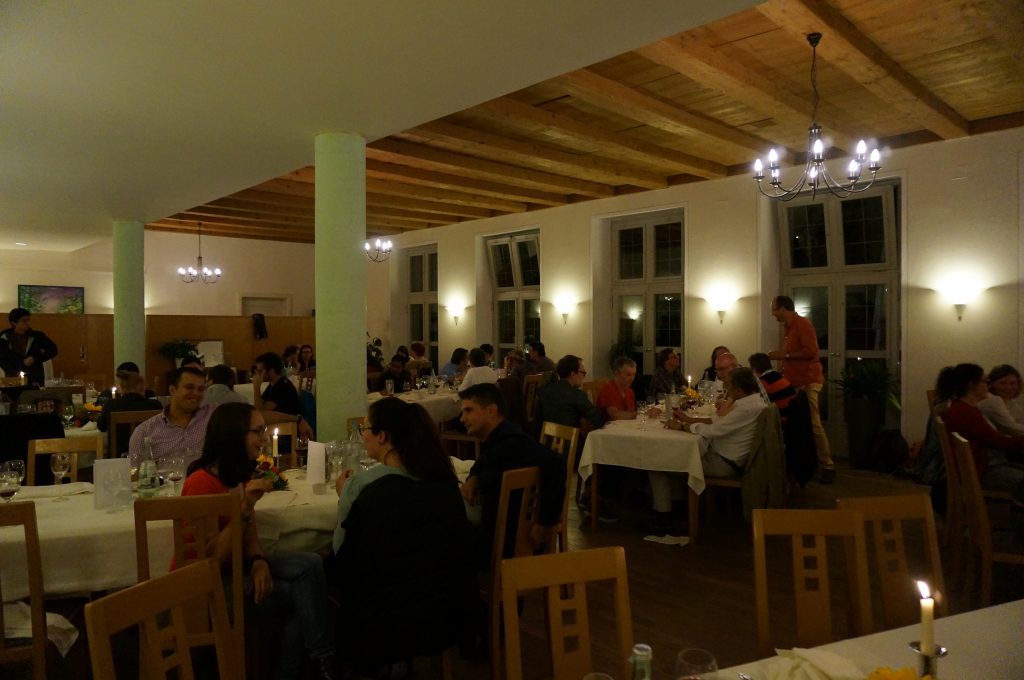 Itaru OHIRA(D2)
Itaru OHIRA(D2)August 28~ October 2, 2016.(36 days)
I visited Bayerisches Geoinstitut, University of Bayreuthh (BGI) form 28 August to 2 October. I performed multi-anvil experiments with Dr. Kawazoe to synthesize hydrous minerals, which can provide us with the understanding of the deep water cycle (DWC) in the Eath’s interior. The structures of synthesized minerals were determined using single crystal X-ray diffraction measurements under the direction of Dr. Boffa Ballaran and Dr. Ishii. The Fe2+/Fe3+ ratio were calculated by Mössbauer spectroscopy supported by Dr. McCammon. I’m going to conduct high-pressure and high-temperature experiments using the synthesized minerals to evaluate the effects of them on the DWC in the deep mantle.
-
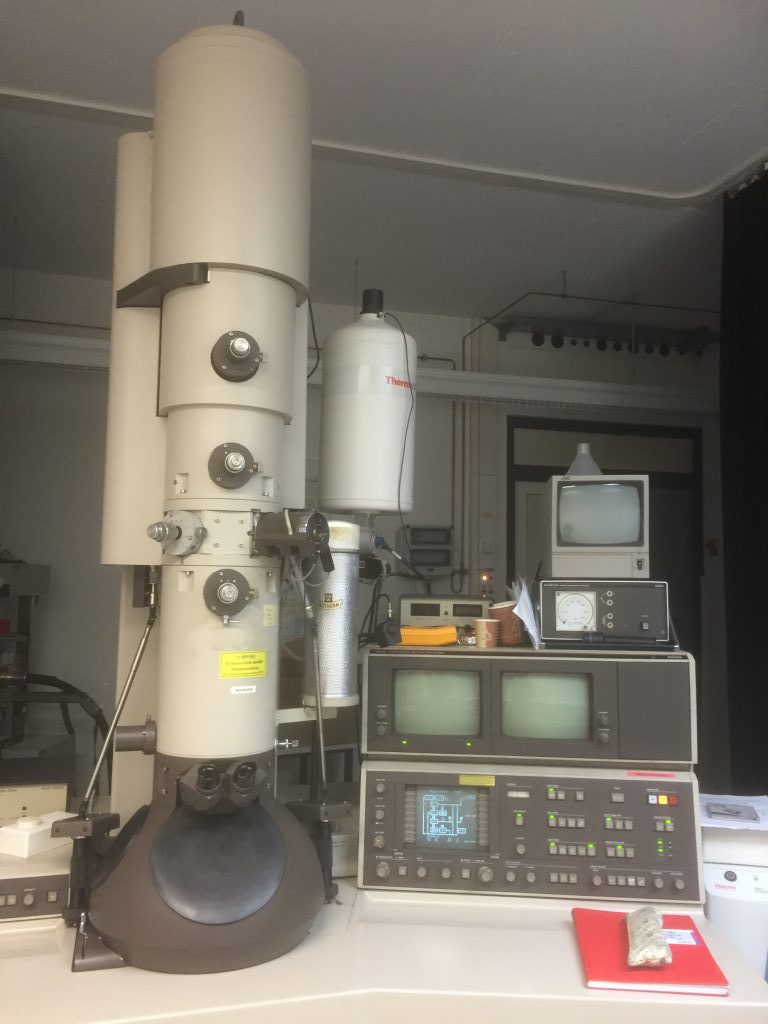 Fumiya MAEDA(D1)
Fumiya MAEDA(D1)September 2~ October 2, 2016.(30 days)
I had visited at Bayrerisches Geoinstitut (BGI) of University of Bayreuth from 3 September to 2 October. I was taught by Dr. Mitajima how to cut and polish the recovered experimental samples using the focused ion beam (FIB) system and observe the sample lamellas with the transmitted electron microscope (TEM). The TEM observation allowed us to evaluate the reaction zones and the sample state under the high-pressure and high-temperature condition. I discussed with Dr. McCammon about the analytical methods of the synchrotron 57Fe Mössbauer spectra of the silicate glass. She gave me the significant suggestions about choice of fitting models and interpretation of the results.
-
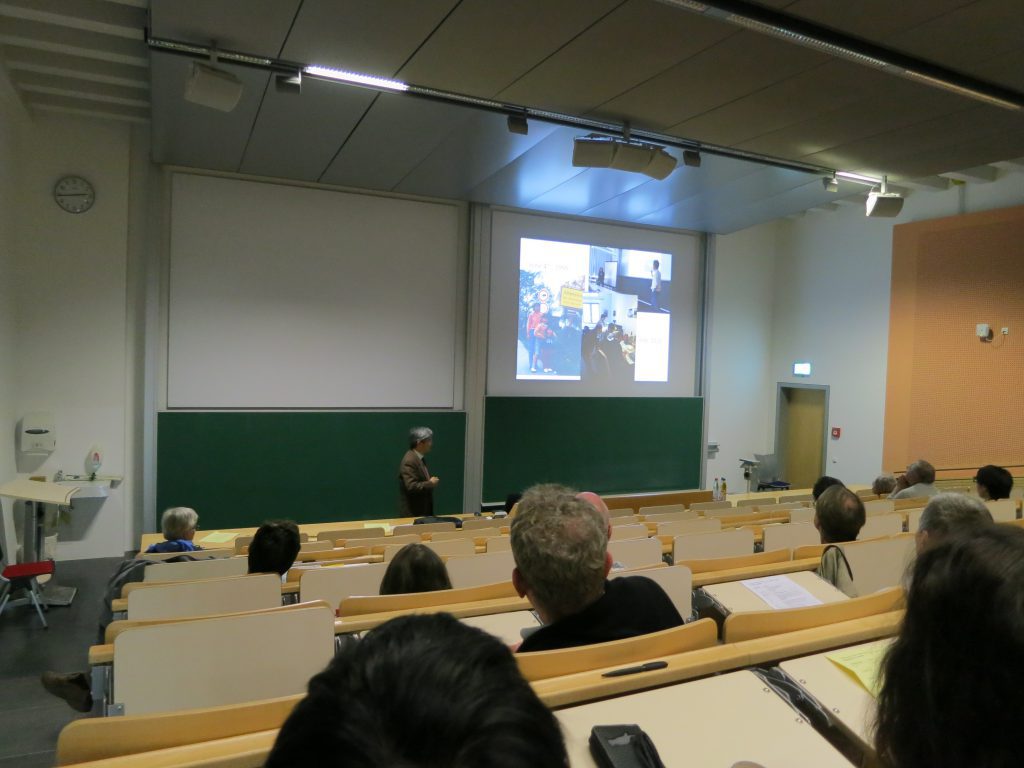 Yuki Sato(D2)
Yuki Sato(D2)September 27~ October 2, 2016.(6 days)
I participated in the celebration of BGI’s 30th anniversary and an anniversary symposium held in Sept. 28 – 30, 2016. In the symposium, distinguished researchers of Earth’s interior were gathered together, and the contents of the seminar was very meaningful. During my stay, I discussed with Prof. Daniel Frost and Dr. Catherine McCammon about the redox state of petit-spot magma. In addition, as a preliminary study, determining the Fe2+ and Fe3+ states in the glasses of some petit-spot lavas was performed using Mössbauer spectroscopy. I plan to revisit BGI and analyze more petit-spot samples to estimate the redox state of the upper mantle.
-
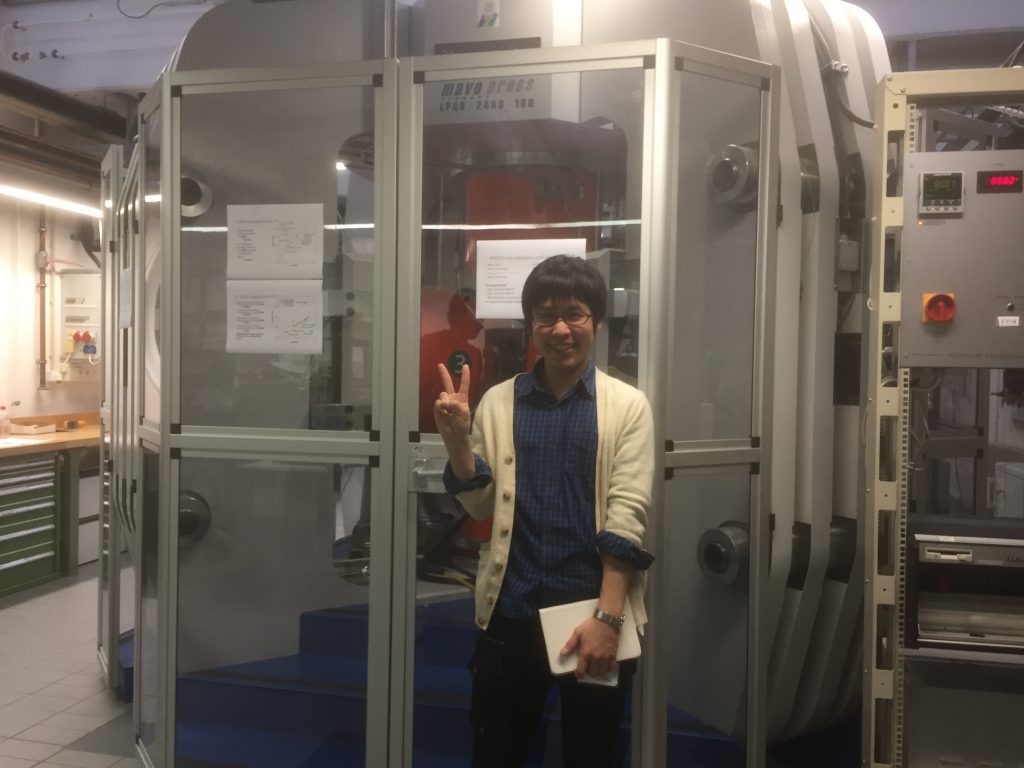 Fumiya Maeda
Fumiya MaedaFebruary 9 ~ February 28, 2017
I had stayed at BGI from February 9 to February 28 in order to synthesize a sample and participate in DMG short course. The synthesis was conducted with Dr. Kawazoe using multianvil high-pressure apparatus. We synthesized iron-bearing bridgmanite (Mg,Fe)SiO3 at high pressure and high temperature. The synthesized sample will be analyzed at Tohoku University and be used in future high-pressure experiments. DMG short course was held at BGI during February 20–24. We took lectures and practices of various experimental and analytical methods in Earth science at the short course. It was a good opportunity to understand the experimental principles and to consider the applicability of our study.
-
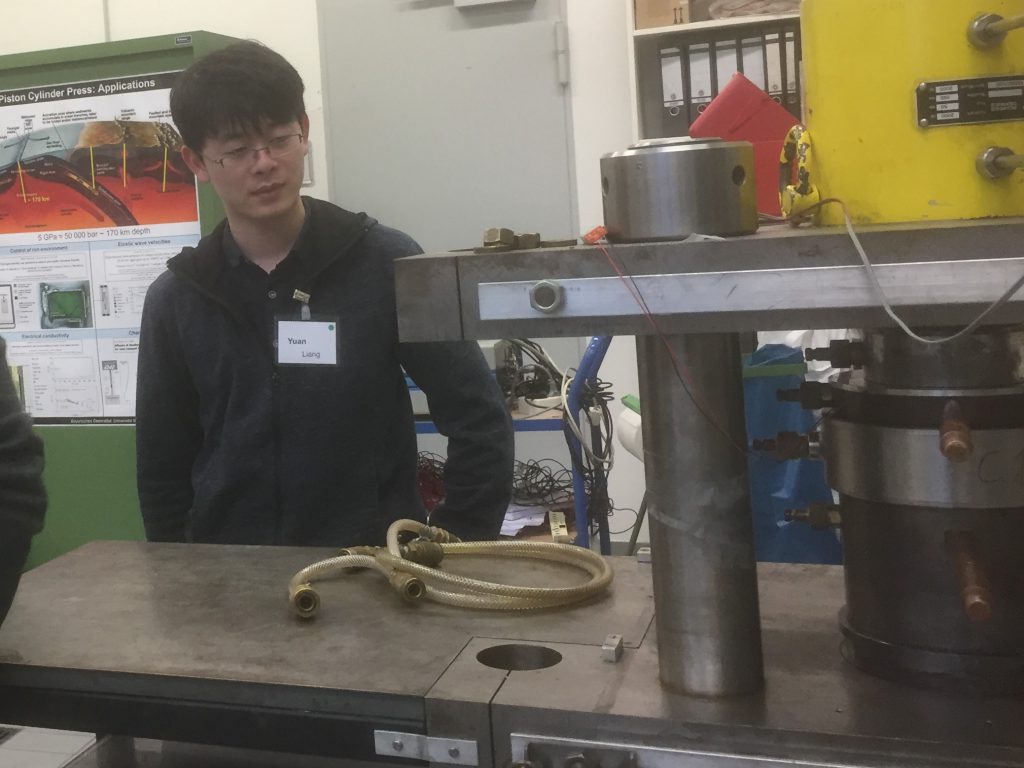 Liang Yuan
Liang YuanFebruary 19 – February 27, 2017
I went to BGI to participate a short course which was focused on high-pressure and high-temperature experimental techniques. It was a five-day short course and over 30 members from all over the world got the training. Various topics from theories to experiments were given through the short course. Among them, I felt very interested in the multianvil techniques, diamond anvil cell techniques, and also the theoretically computational methods. We practiced hand in hand with the lecturers and they gave us lots of practical skills. In my opinion, the short course was tailored for the person who wants to conduct high-pressure research.
